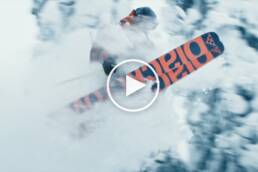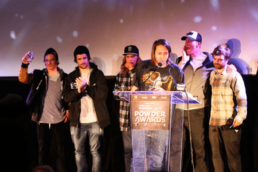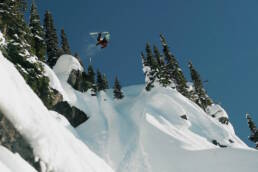A short documentary called “Dreaming of a Better Place” has been released online and it tells the heartfelt story about the Gostlin Keefer Lake cat skiing lodge in the Monashee Mountains.
Los Angeles-based production company NativeFour has created an eight-minute documentary about the family-run Gostlin Keefer Lake cat ski operation in the Monashees and this week marks the film’s online release. It was an official selection of the Whistler Film Festival last November and did a 20-city world tour in the ensuing months until today’s launch. The film showcases the Gostlin family and features a cameo by Whistler freeskiing star Mark Abma for the action.
We caught up with the NativeFour team including Cinematographer Christopher Clark, Director Cameron Thuman, and Executive Producer Dilan Mistry, as well as USCAPE Apparel Founder Alex Nowlin to ask how the film came together. Below is the interview.
Hey guys, congrats on the release. As a relatively new dad I have to admit I teared up a bit while watching this film. Have you known the Gostlins for a while? What inspired this film about them?
 Alex Nowlin: I first met Jeff, Keith, and Dave in 2019. It had been a bucket list item for my Dad and I to do a catski trip together, and because Keefer was still relatively new, we were able to get in the first year they started running two cats. I was instantly hooked. In an effort to find anyway I could to make this once in a lifetime trip an annual tradition, I spent the evenings trying to convince Jeff & Keith to let my company design and produce their merch – Keith was a tough sell but I eventually convinced them to give us a shot! In the five years that followed I became closest with Dave, and learned all about the family story and Jeff’s 30+ year dream. The year before Keith passed, I got to see him up at Keefer with other Canadian Tire owners, full of life, and still ripping into his 70s. When I learned from Dave and Nicole he was sick and dying, I felt a pull to help tell the Gostlin family story to the world. Jeff saw the vision and signed off, NativeFour got on board, and the rest is history
Alex Nowlin: I first met Jeff, Keith, and Dave in 2019. It had been a bucket list item for my Dad and I to do a catski trip together, and because Keefer was still relatively new, we were able to get in the first year they started running two cats. I was instantly hooked. In an effort to find anyway I could to make this once in a lifetime trip an annual tradition, I spent the evenings trying to convince Jeff & Keith to let my company design and produce their merch – Keith was a tough sell but I eventually convinced them to give us a shot! In the five years that followed I became closest with Dave, and learned all about the family story and Jeff’s 30+ year dream. The year before Keith passed, I got to see him up at Keefer with other Canadian Tire owners, full of life, and still ripping into his 70s. When I learned from Dave and Nicole he was sick and dying, I felt a pull to help tell the Gostlin family story to the world. Jeff saw the vision and signed off, NativeFour got on board, and the rest is history
Cameron Thuman: I met the Gostlins through Alex, who approached me about making this documentary. After countless Zooms and phone calls with the Gostlin family, I fell in love with their 35-year dream and their unwavering commitment to it. During my first round of interviews, everyone talked about the “Keefer Magic,” the way that visitors come to Keefer to find themselves. Through this project, I realized that I too was on a journey of self-discovery. While this film may seem like a typical ski movie, it is really a journey through the Monashee Mountains that reflects the Gostlins’ legacy and their triumphs over adversity. It was a full-circle moment that brought me back to my roots.
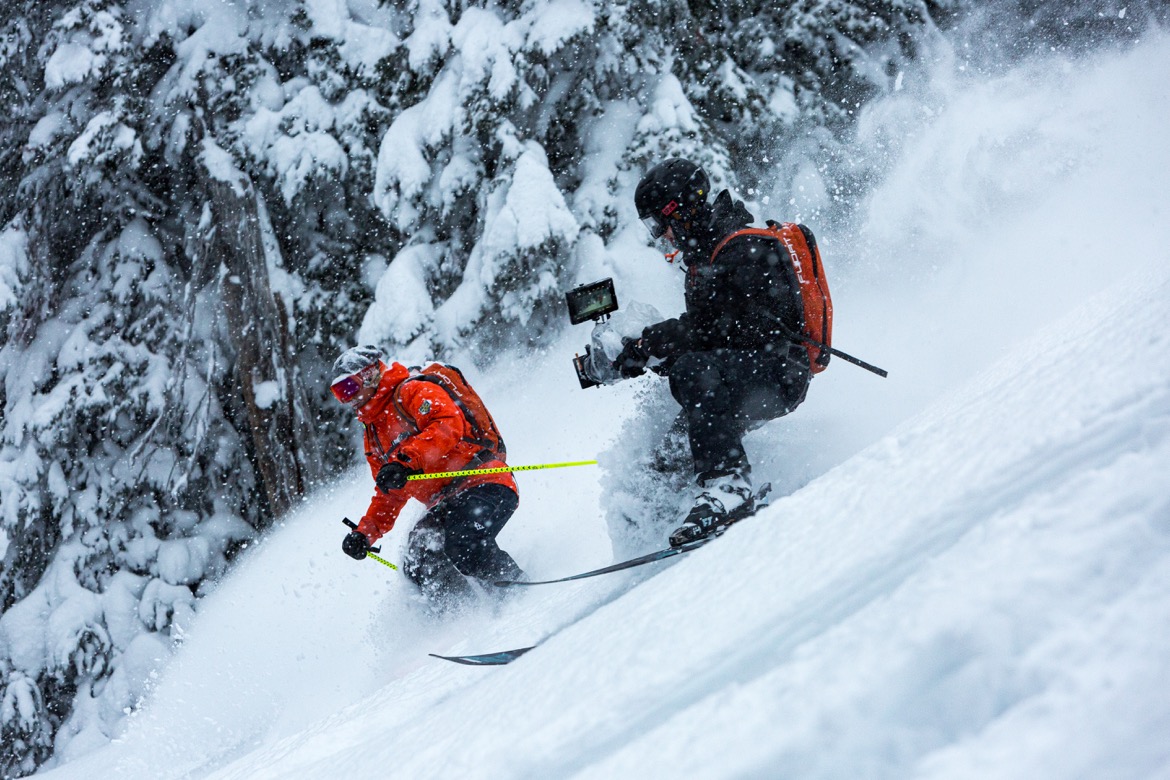
What was one of the most enjoyable aspects of making this film?
Cameron Thuman: Working in the Monashee Mountains was a truly delightful experience. The snow-capped trees, blanketed in a pristine white, had a magical quality that made me feel like a child again. Each morning and evening, the sky would burst with a deep blue hue that dramatically saturated the land until it was dark enough for the stars to twinkle above. The constantly changing weather patterns during the day, from fog to snow to varying intensities of sunlight, created a breathtakingly beautiful scene that seemed like it was straight out of a storybook. I could go on and on, but suffice it to say I knew I belonged there. It was a feeling of belonging that I rarely experience, and it made the entire experience even more special.
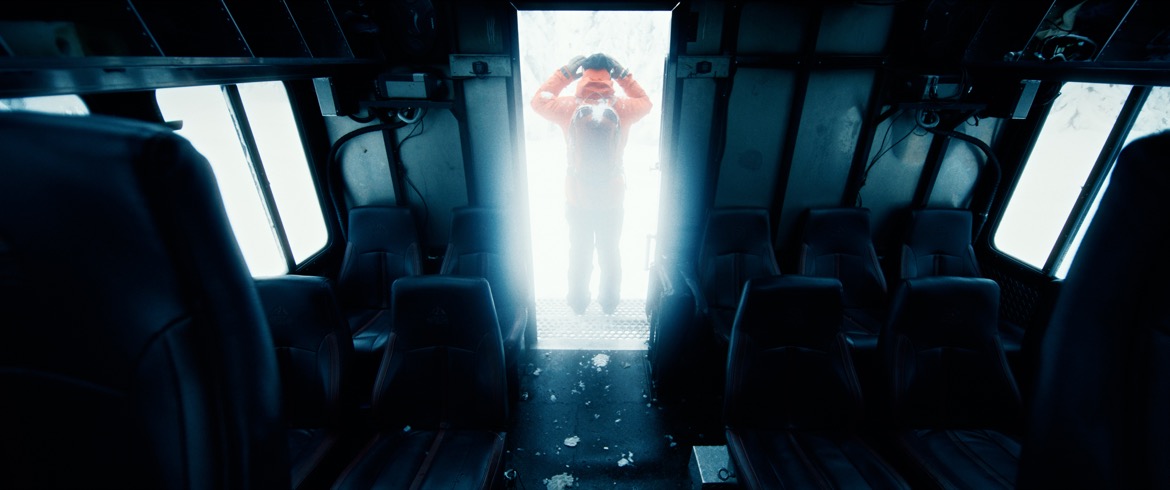
What was the hardest part about filming?
Cameron Thuman: Despite our ambitious vision for the film, the hardest part of filming was the limited size of our crew. With just three people, we had to tackle a wide range of challenges, from racing down the mountain to capture fast-paced action shots with Mark Abma, to filming delicate macro close-ups at 5 am in -30°C. However, by staying true to the approach and shared vision we had established in pre-production, cinematographer Chris Clark and I were able to stay focused and grounded on set.
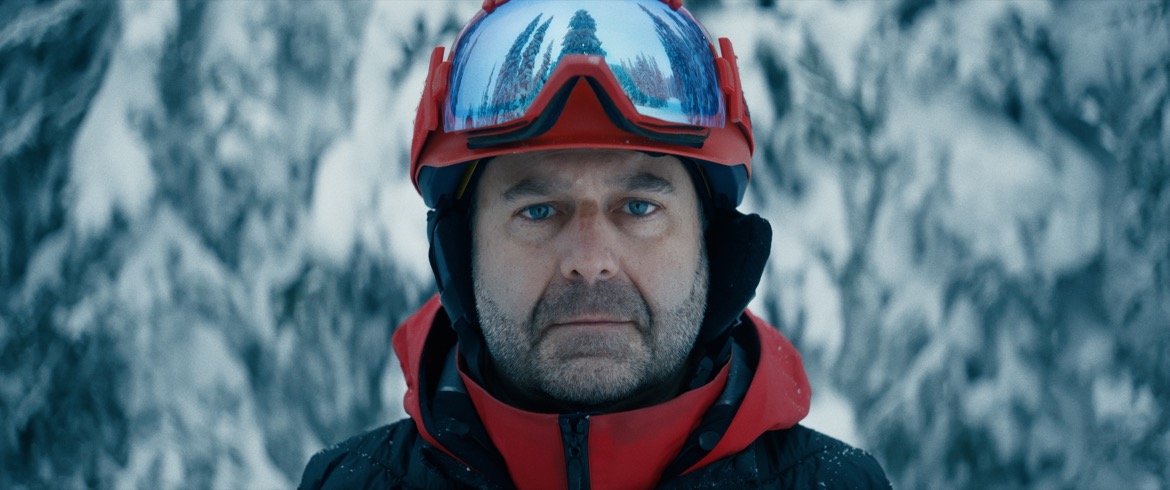
Your skiing footage is crystal! Tell us about the gear and techniques you used.
Christopher Clark: We wanted to change the traditional style of ski films, so we brought an atypical arsenal of equipment to the production. For the night sequences, we used a Sony Venice with the Rialto extension and shot wide open on Clavius lenses to create a storybook vignette around the fire. We also utilized the Sony’s dual native ISOs. When we saw the terrain in the Monashees, we left our Rialto backpack setup at home and used a RED Raptor handheld with some Olympus OM lenses rehoused by Zero Optik and a Laowa 12mm. We leaned into the ’90s skate influence by going low, wide, handheld, and visceral. Chasing Mark Abma down the hill with a small camera package and a huge smile was a great experience. By bringing limited gear with us on the hill, we explored all shot options instead of constantly swapping lenses. It was a lean and mean approach that allowed us to capture some unique shots.
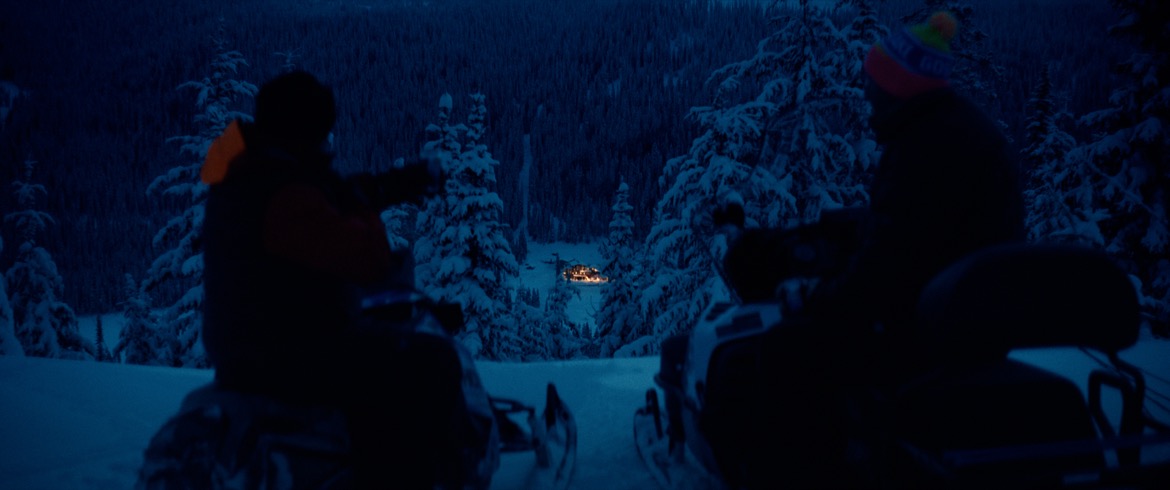
Certain imagery in this film really stands out as unique like the close-up of the cat’s track and the skier filmed through a snow-caked lens. Where do you draw your creativity from?
Christopher Clark: We drew our creativity from a variety of sources. In pre-production, we spent a lot of time developing a cohesive look, movement, and shot list that would help us bring the Keefer Lake experience to life. This provided a solid foundation for us to be spontaneously creative and to explore new and ambitious bonus shot ideas. To create a grand world within our film, we wanted to capture the vastness of the harsh landscape, as well as the inner workings of the operation down to a macro level. We sought inspiration from a wide range of references, including commercials, documentaries, ski films, and short films. This allowed us to open up to any possibility and creative look we desired. For example, the close-up of the cat’s track and the skier filmed through a snow-caked lens were both shots that helped us to achieve our goal of capturing the Keefer Lake experience in a unique and immersive way. We were inspired by the beauty of the natural world around us and wanted to showcase it in a way that was visually striking and memorable. Overall, our creativity was fueled by a passion for the craft of filmmaking and a desire to push boundaries and explore new creative ideas.
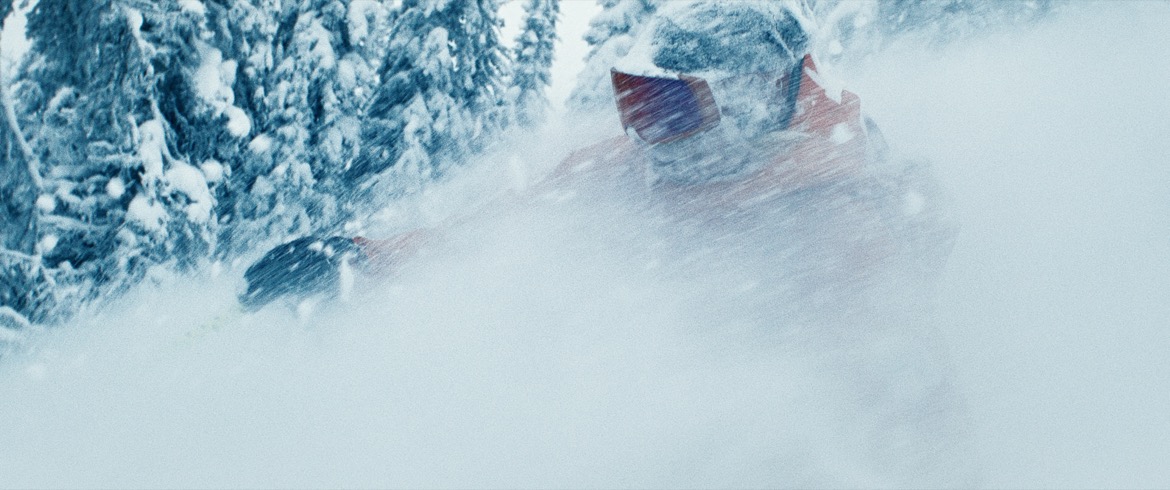
What’s next for NativeFour?
Dilan Mistry: After the success of “Dreaming of a Better Place,” we are excited to continue our work in the ski film genre. We’re grateful for the recognition the film has received and are inspired to keep pushing the boundaries of what’s been done before. Our team is currently in the early stages of planning our next project, which will take us back to the mountains. Although we can’t reveal too many details just yet, we’re excited to dive into a new story and capture more of the beauty and magic of the winter landscape. Stay tuned!
– Interview by KMC Editor Vince Hempsall
Related Stories
Parallels – A Short Film
Parallels is a short film produced by Dendrite Studios in April of 2011. Created by: dendritestudios.com
Sherpas Cinema Wins Powder Magazine’s Video Awards Best Film for All.I.Can
After winning Banff Film Festival and Xdance the Sherpas new film ALL.I.CAN take home the grand daddy of awards. The…
New NFB David Suzuki Film
An inspiring footage highlighting and inspiring film about an inspiring guy. David Suzuki, our most visible…
Sherpas Cinema Wins Powder Magazine’s Video Awards Best Film for All.I.Can
It's no surprise, after winning numerous awards at the Banff Film Festival and XDance, Sherpas Cinema brings in some…
New Trace Cooke Ski Film Drops Today
A new film by Ryan Flett Media showcases Kootenay free skier Trace Cooke the physical challenges he endures as a pro…


